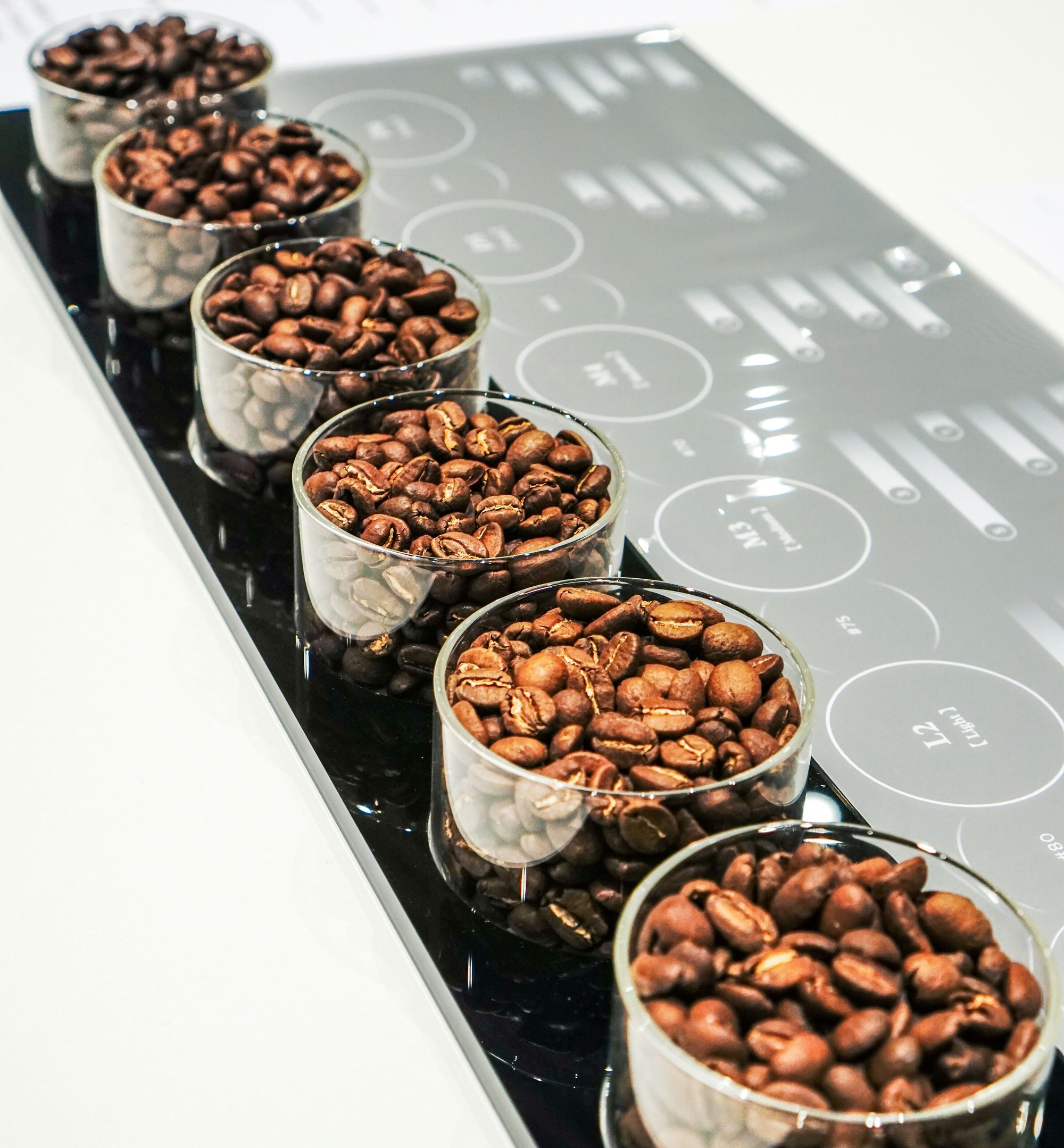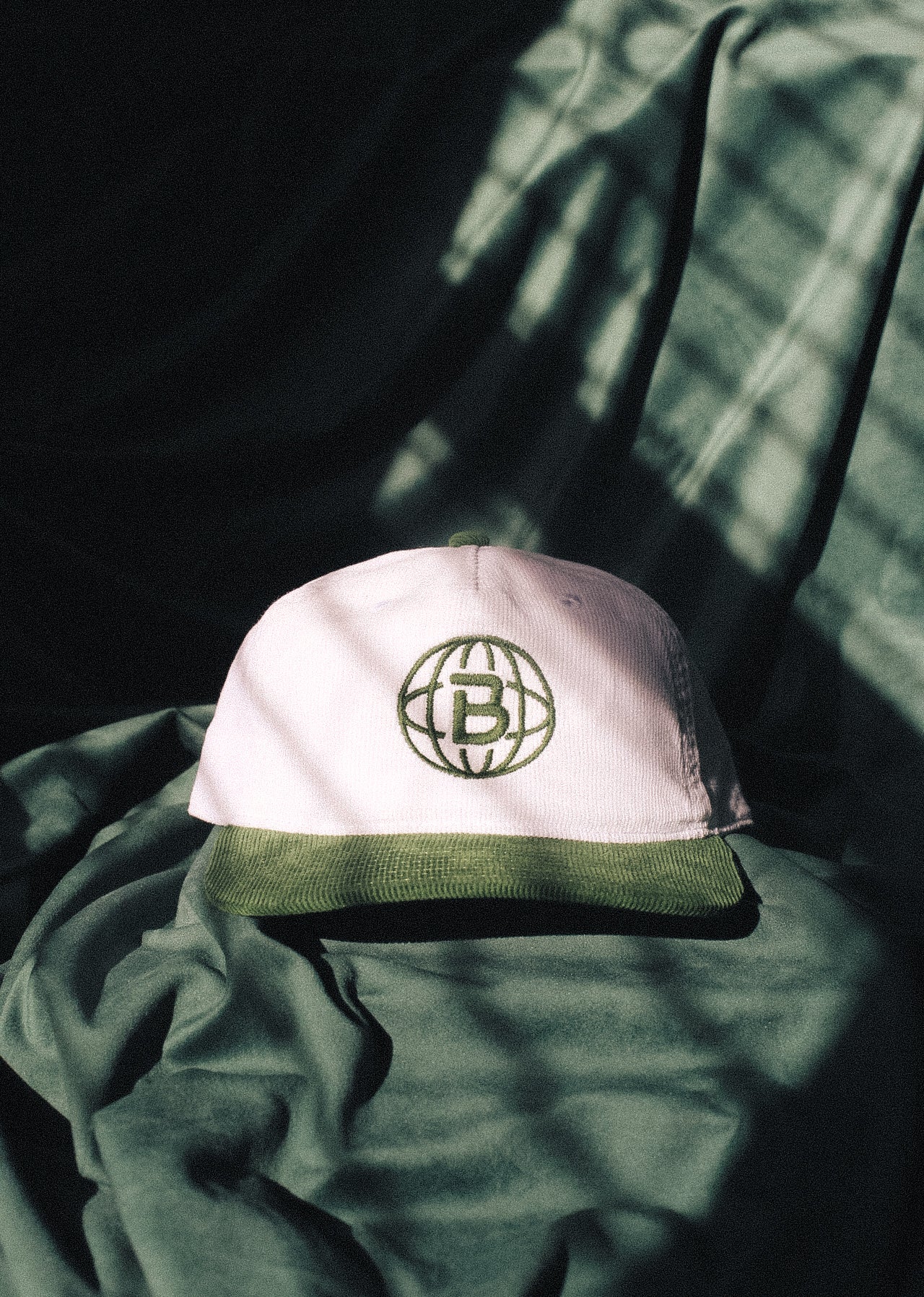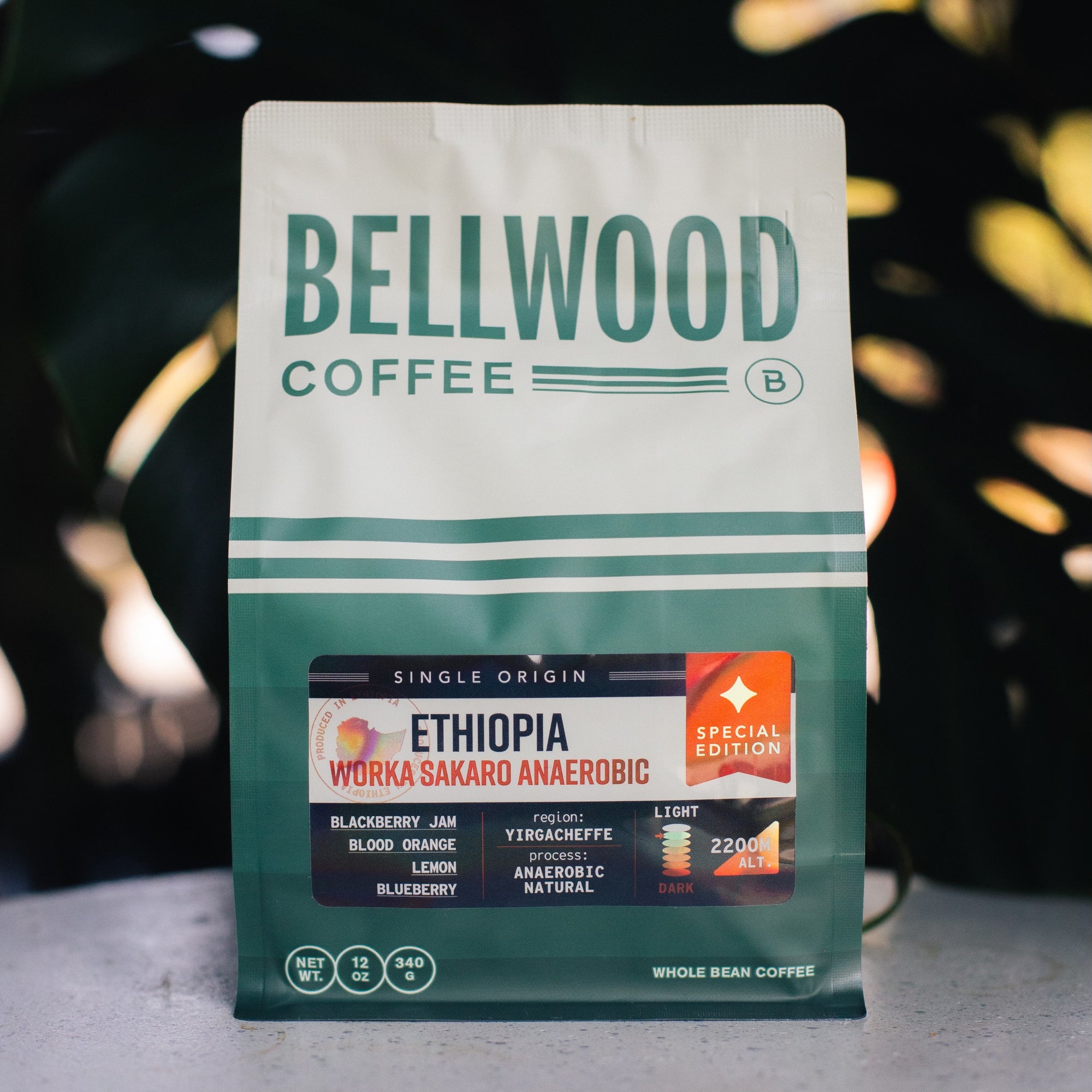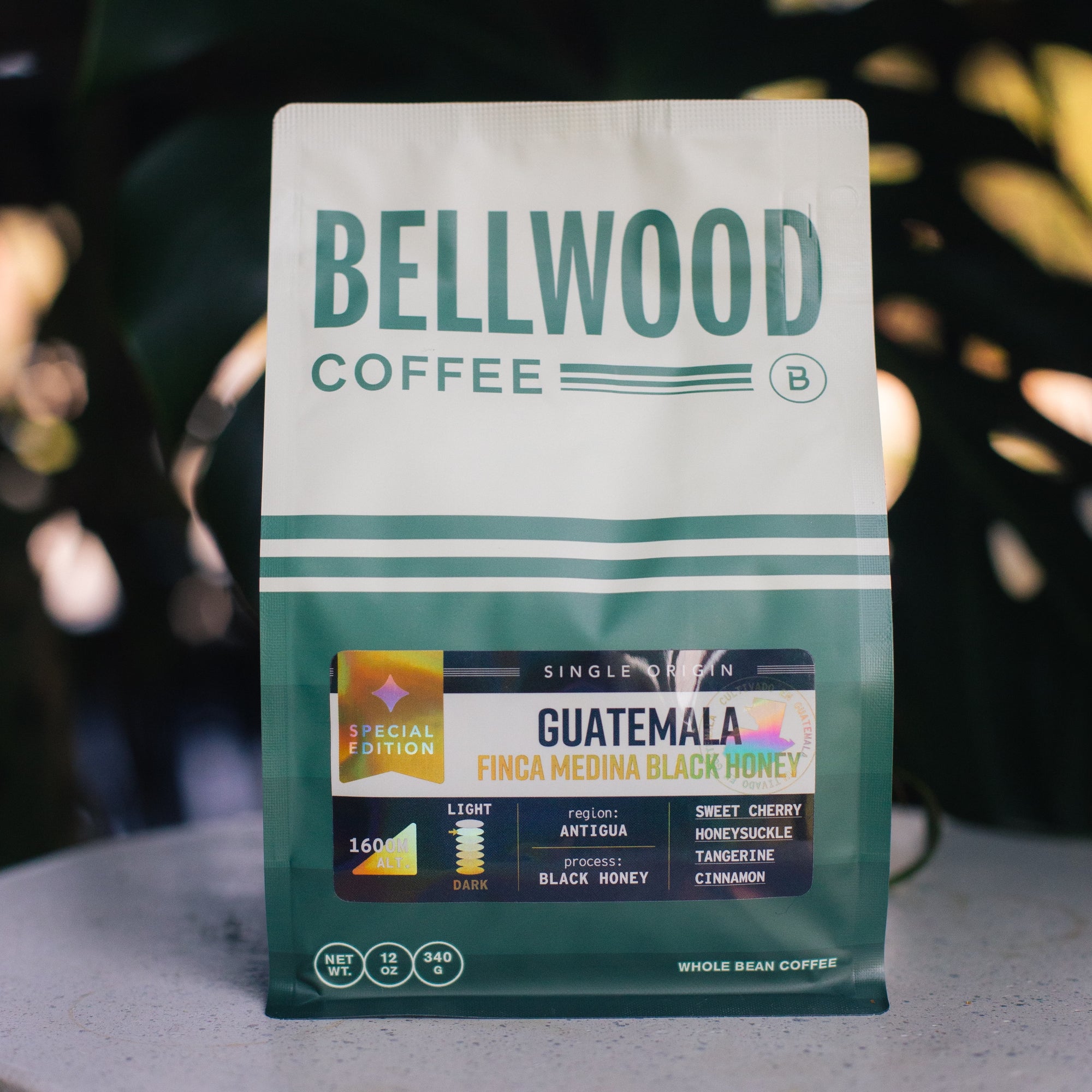Light vs Dark: Caffeine Content in Coffee Roasts
Dark roasts taste stronger, so they have more caffeine, right?
Caffeine content in coffee is all the buzz on the internet (pun intended). We often get asked if light roast coffee has more caffeine than dark roast - this seems to be the assumption among many coffee enthusiasts. However, there's more to the answer than meets the eye. Let's dive into the nitty gritty.
The Science of Caffeine During Roasting
While coffee undergoes significant chemical change during the roasting process, the caffeine remains relatively stable, regardless of roast level. During roasting, coffee beans loose somewhere around 15% of their weight due to evaporation of water inside the bean, with dark roasts losing 2-5% more than light roasts. On top of that, roasting coffee darker also causes the beans to expand more in size. In other words, light roasts are denser than dark roasts. This must mean it has more caffeine, right? Not exactly. Since the caffeine is unchanged in the roasting process, only the overall weight of the coffee has changed. In fact, what this means is that the caffeine to weight ratio is higher in dark roasts than in light roasts. So, the precise amount of caffeine in your cup all comes down to another hot topic: how do you measure your coffee?
Weight-Based or Volume-Based Measurements
- Weight-Based Measurement: If you're weighing your coffee beans or grounds on a scale, you'll get slightly more caffeine out of a dark roast than a light roast. This is because you would have to use more dark roast beans than light roast beans to reach your chosen coffee dose in weight.
- Volume-Based Measurement: When using volume based measurements, like a coffee scoop or a tablespoon, the opposite is true. Because dark roast beans are larger than light roast beans, a "scoop" or a tablespoon of a dark roast will contain fewer beans, and therefore less caffeine, than the same scoop or tablespoon of a light roast.
This difference in density between light and dark roasts is one of several reasons we advise people to use a scale to measure their coffee when brewing at home. It's not just roast level that affects density - different coffee varietals will have different densities even when roasted to the same level. Then there's grind size, measuring grounds vs beans, and many other factors that will each give you a different end result if you measure your coffee by volume. So, whenever possible, we recommend using a scale to measure your coffee.
Brewing Impact on Caffeine
You might also be wondering whether different brewing methods effect caffeine levels. The short answer is no, they don't. Caffeine is extracted from coffee relatively early in the brewing process, so as long as you're brewing the coffee correctly and saturating all of the grounds, you'll get all of that caffeine in your cup. Some brew methods have a more concentrated level of caffeine than others, such as espresso. But the total caffeine content all comes down to your dose weight: how much coffee did you use to brew the cup?
Flavor Characteristics
So, what else does roast level effect? As you probably know, roast level has a major impact on the flavor of the coffee.
- Light roasts highlight the natural flavor characteristics that are unique to each coffee, typically lending brighter and cleaner flavor notes.
- Dark roasts develop bold, intense flavors that blend the flavor characteristics of the bean with the the flavors that come from the extended roasting process like caramel, chocolate, and toasted nuts.
TLDR:
For the sake of the argument, the difference in caffeine level in light and dark roasted coffee comes down to how your measurement method - volume or weight. However, to most people, the difference is negligible at around 2-5%.
Share:
Try our range of coffees







